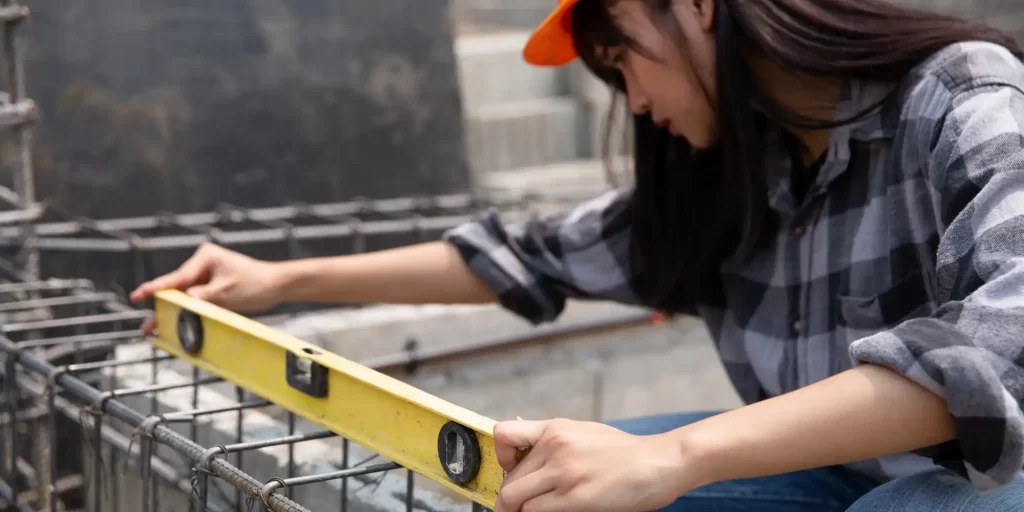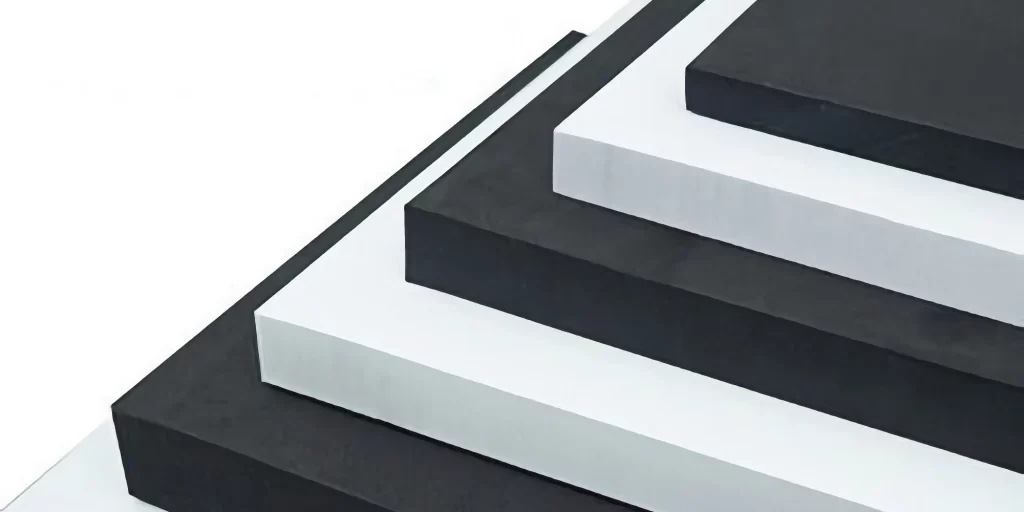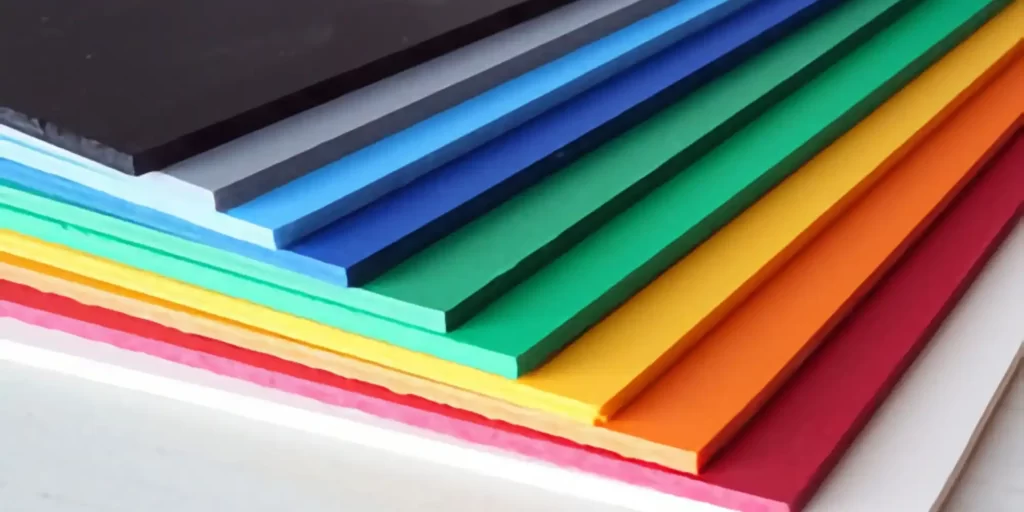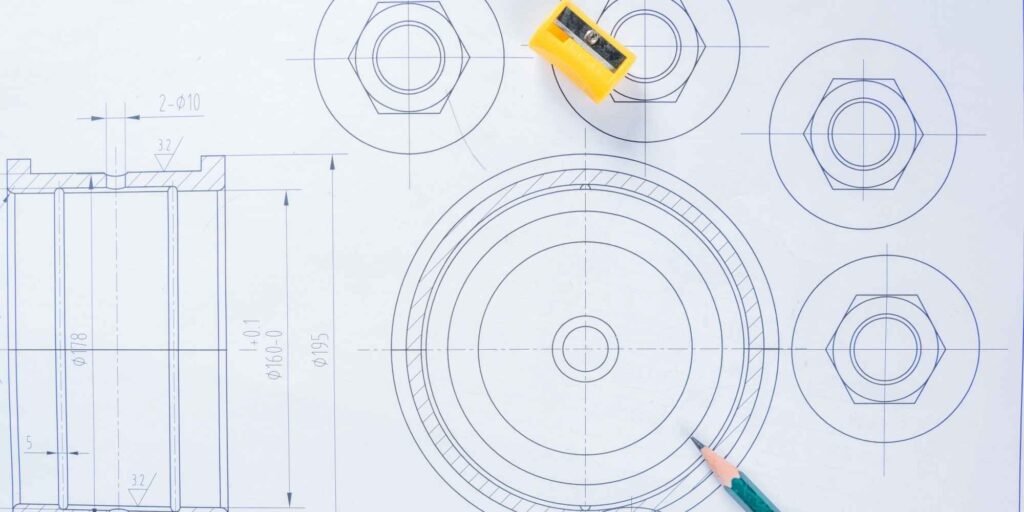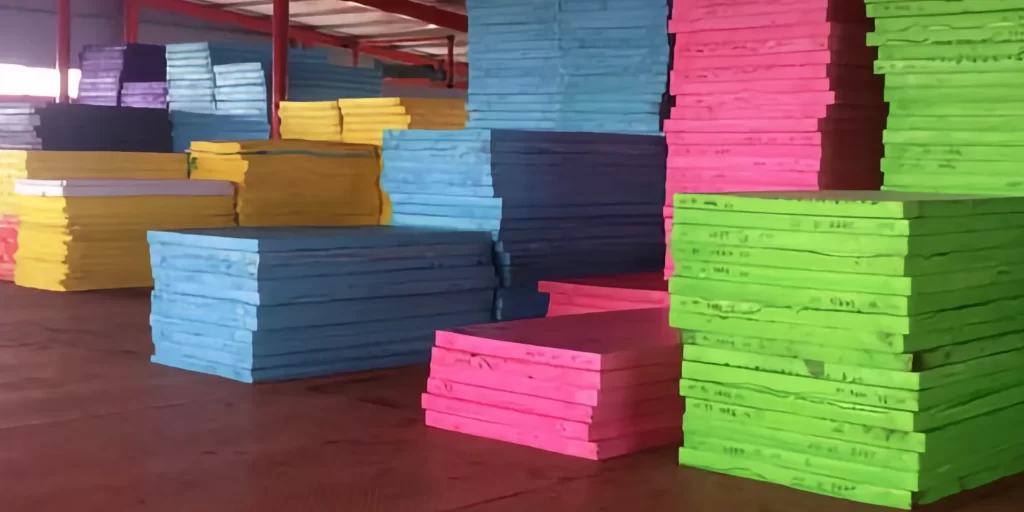Introduction
Tiling is an art that requires precision, patience, and the right tools. One such tool that has transformed the tiling industry is the humble tile spacer. While there are various materials used to make tile spacers, EVA (Ethylene Vinyl Acetate) foam has emerged as a popular choice. This article delves into the world of EVA foam tile spacers, exploring their advantages, applications, and addressing frequently asked questions.
What is EVA Foam?
EVA foam is a soft, flexible, and durable material made from a blend of ethylene and vinyl acetate. It’s known for its shock-absorbing properties, making it a favorite in sports equipment, packaging, and now, in the world of tiling. Its closed-cell structure ensures it retains its shape, making it perfect for maintaining uniform gaps between tiles.
Benefits of Using EVA Foam Tile Spacers
- Flexibility: EVA foam is flexible, ensuring it fits snugly between tiles without causing any damage.
- Durability: Unlike some other materials, EVA foam doesn’t break or crumble easily, ensuring longevity.
- Consistent Size: EVA foam tile spacers provide uniform thickness, ensuring consistent gaps between tiles.
- Easy Removal: Their flexibility ensures they can be easily removed once tiles are set.
- Water Resistance: EVA foam is resistant to moisture, preventing any potential water damage during the tiling process.
Applications of EVA Foam Tile Spacers
- Floor Tiling: EVA foam spacers can be used to ensure consistent gaps when laying floor tiles, be it in homes, offices, or commercial spaces.
- Wall Tiling: They are perfect for wall tiling projects, especially in wet areas like bathrooms and kitchens.
- Outdoor Tiling: Given their durability and water resistance, EVA foam spacers are ideal for outdoor tiling projects like patios and pool areas.
- Decorative Tiling: For intricate tile designs and mosaics, EVA foam spacers ensure precision and uniformity.
How to Use EVA Foam Tile Spacers
- Plan Your Layout: Before starting, plan your tile layout and determine the size of the gap you want between tiles.
- Place the Spacers: As you lay each tile, place the EVA foam spacers at every corner or edge, depending on your design.
- Adjust as Necessary: The flexibility of EVA foam allows for easy adjustments as you proceed with the tiling.
- Allow Tiles to Set: Once all tiles are laid, allow the adhesive or mortar to set.
- Remove the Spacers: Gently pull out the EVA foam spacers before grouting.
FAQ
Q: Why choose EVA foam tile spacers over other materials?
A: EVA foam offers flexibility, durability, and moisture resistance, making it superior to many traditional spacer materials.
Q: Are EVA foam tile spacers reusable?
A: Yes, if handled with care, EVA foam tile spacers can be reused in multiple tiling projects.
Q: How do I choose the right size of EVA foam tile spacer?
A: The size of the spacer depends on the desired gap between tiles. Common sizes range from 1/16 inch to 1/2 inch.
Q: Can EVA foam spacers be used with all types of tiles?
A: Absolutely! EVA foam spacers are versatile and can be used with ceramic, porcelain, stone, and even glass tiles.
Conclusion
EVA foam tile spacers have revolutionized the tiling industry, offering precision, efficiency, and ease of use. Whether you’re a professional tiler or a DIY enthusiast, using EVA foam spacers can make your tiling project smoother and more professional-looking. With their myriad of benefits, it’s no wonder they’ve become a staple in the world of tiling.
